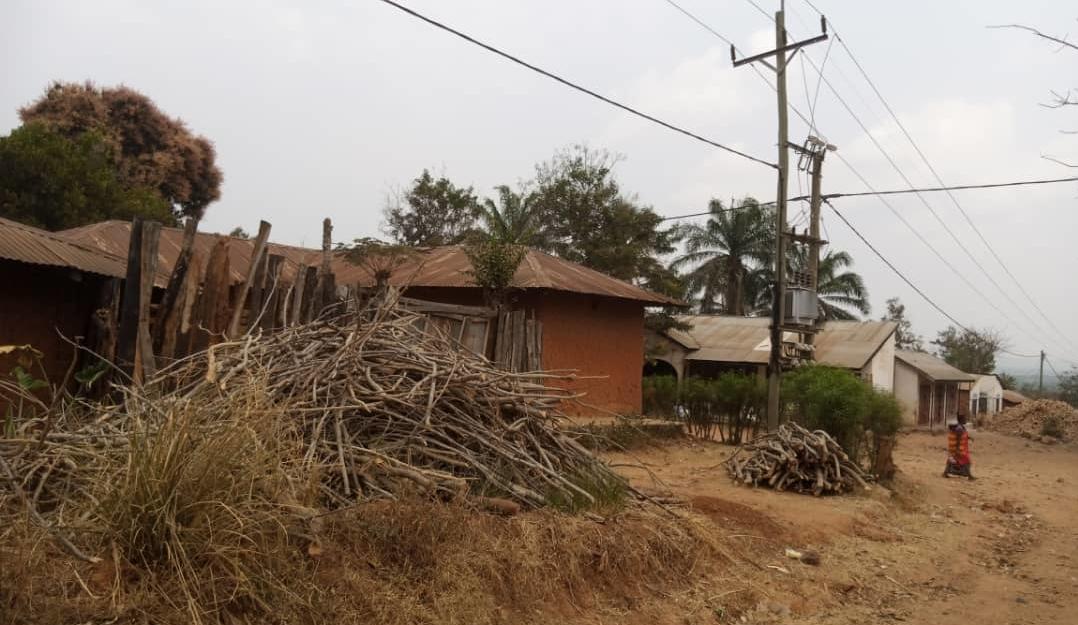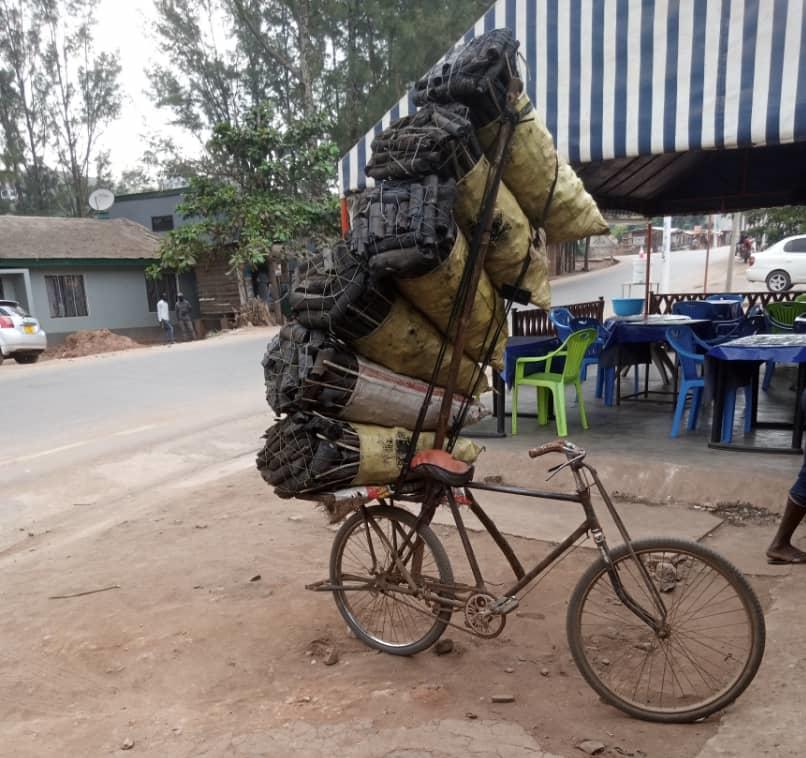Cultural, Social, and Environmental Factors in Implementing Clean Cooking Technologies in Tanzania
Danielle Zezulka
Clean cooking projects have been tried across the globe for 40 years, but in the last 10 years, have resulted in a mere decrease of 6.7% in traditional fuel usage even as there has been an increase in electrification of 34.3%. Researching these projects has shown me that while there has been a focus on economics and finance, few projects have consulted with the communities which rely on traditional biomass, such as scrub, firewood, and charcoal for cooking. In Tanzania, approximately 61 million m3 of wood are consumed per year resulting in CO2 emissions of approximately 51 million kg yearly.
There are few alternative fuel sources available. Of the 22 in-country Tanzanians who responded to the questionnaire, 20 stated that electricity is either not available or not reliable; however, all respondents who used firewood or charcoal as a primary fuel source would like to upgrade. The most common fuel mentioned for upgrade was gas. However, such fuels are expensive and not always available. One of the options is microgrids, or community-based solar powered grids with diesel backup generators. These are quite extensive in Tanzania; however, the government has mandated that the cost to consumers on these match that of the national electricity grid, meaning that the microgrids may not remain profitable.
There are many possibilities for solar cookers; however, the two with the greatest potential are the coconut oil storage in a system designed by Harakasingh et al in 1996 and the SESCOM pressure cooker used in conjunction with microgrids, as promoted by the Access to Energy Institute (A2EI) and Modern Energy Cooking Services Programme (MECS). Unfortunately, the Harakasingh et al cooker requires 121 kg of coconut oil for heat storage. This makes it an untenable solution. The SESCOM pressure cooker is the more feasible solution on the market; however, the cost must be subsidized, as it is currently approximately $1480 USD, not including the solar panel. NGOs working in Tanzania note that the most important aspect of implementing clean cooking devices is education and advertisement. One NGO said that those who became aware of the product and tried it, used it often in their everyday lives. Still there are concerns about stacking, the practice of keeping a variety of stoves which use various fuels and technologies. This allows women to have a stove no matter which fuels are available. Stacking will not disappear with technology implementation, but it will diminish as the cook finds reliability in a single fuel source and one technology.
Ultimately, a six-fold framework was designed for the successful implementation of technologies in Tanzania and surrounding areas. It involves interviews, design, and use: 1) the evaluation of appropriateness for cooking staple foods; 2) the investigation of which fuels the population would prefer; 3) the women’s willingness to use the new technology; 4) the simplicity of the cooker; 5) the attractiveness of its appearance; and 6) the reduction of cooking time.
Tanzanians are eager to implement cleaner cooking methods, but the bureaucracy is focused elsewhere. How can we help the Tanzanian government to follow the people’s lead and bring about the desired outcome?

Firewood piled under electrical lines
Mangilima, R. (2021)

Charcoal sacks
Mangilima, R. (2021)
